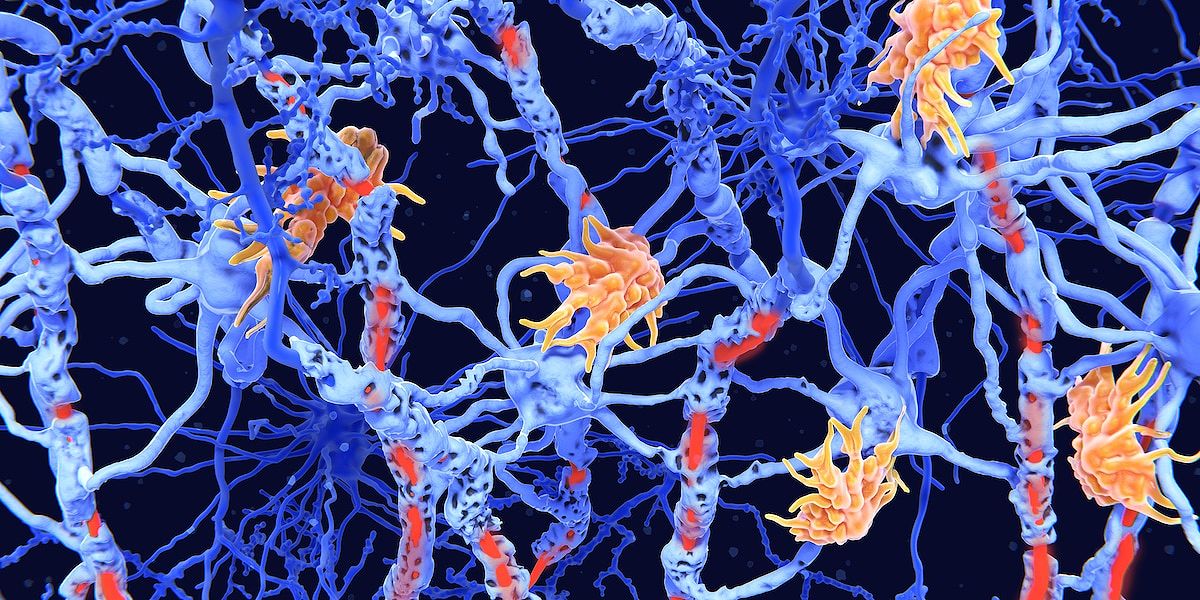Researchers at the University of California have developed a modified immunoprecipitation technique to detect multiple sclerosis (MS) earlier. By analyzing blood samples, they identified a distinct pattern of autoantibodies and increased levels of a specific protein, suggesting an unnoticed onset of the disease. This breakthrough in early detection offers hope for improved diagnosis and treatment of MS.
Promising Breakthrough in Early Detection of Multiple Sclerosis
Researchers at the University of California in San Francisco have made significant progress in the early detection of multiple sclerosis (MS), a chronic autoimmune disease that affects millions of people worldwide. MS causes the destruction of nerves in the brain and spinal cord that control muscle movement. Early diagnosis and treatment are crucial in preventing further nerve damage.
Traditionally, MRI scans have been used to diagnose MS, but these scans are only effective when nerve damage is visible. Therefore, scientists have been working on alternative methods to detect the disease earlier. Led by Colin Zamecnik, a research team at the University of California has developed a modified version of the immunoprecipitation technique to detect MS.
Modified Immunoprecipitation Technique for Early Detection
The immunoprecipitation technique uses genetically modified viruses that carry small pieces of human proteins on their surface. These proteins resemble those found in common viruses, such as the Epstein-Barr virus (EBV), which has been linked to MS. The researchers tested blood samples from 250 MS patients, including samples taken at the time of diagnosis and samples taken years earlier.
The team discovered a distinct pattern of autoantibodies in the blood samples of MS patients. These autoantibodies, which are known triggers for autoimmune diseases like MS, were present in some patients even before the onset of symptoms. In fact, in 10% of the MS patients tested, these immune markers were evident years before the diagnosis.
Additionally, the researchers found increased levels of a protein called serum neurofilament light (sNfL) in the blood of MS patients. This protein is released into the blood when nerve cells die. The presence of sNfL in the early blood samples, along with the autoantibody signature, suggests an early but unnoticed onset of the disease. However, sNfL is not specific to MS and can also be found in other neurological diseases like Alzheimer's and ALS.
Validation and Future Implications
To validate their findings, the researchers repeated the tests with additional samples from diagnosed MS patients and individuals with similar neurological symptoms. The characteristic autoantibodies were present in 10% of the MS patients' samples, but not in the samples from individuals without MS.
The researchers believe that their modified immunoprecipitation technique can be used as a reliable and early diagnostic tool for MS. This could potentially lead to early treatment for some individuals before they even experience symptoms. The team aims to develop a standard blood test based on their experimental procedure for clinical use.
Further studies with a larger sample size are needed to confirm the findings and understand why the remaining 90% of MS patients do not exhibit the characteristic antibodies. Nevertheless, this breakthrough in early detection offers hope for improved diagnosis and treatment of MS, potentially transforming the lives of those affected by the disease.

